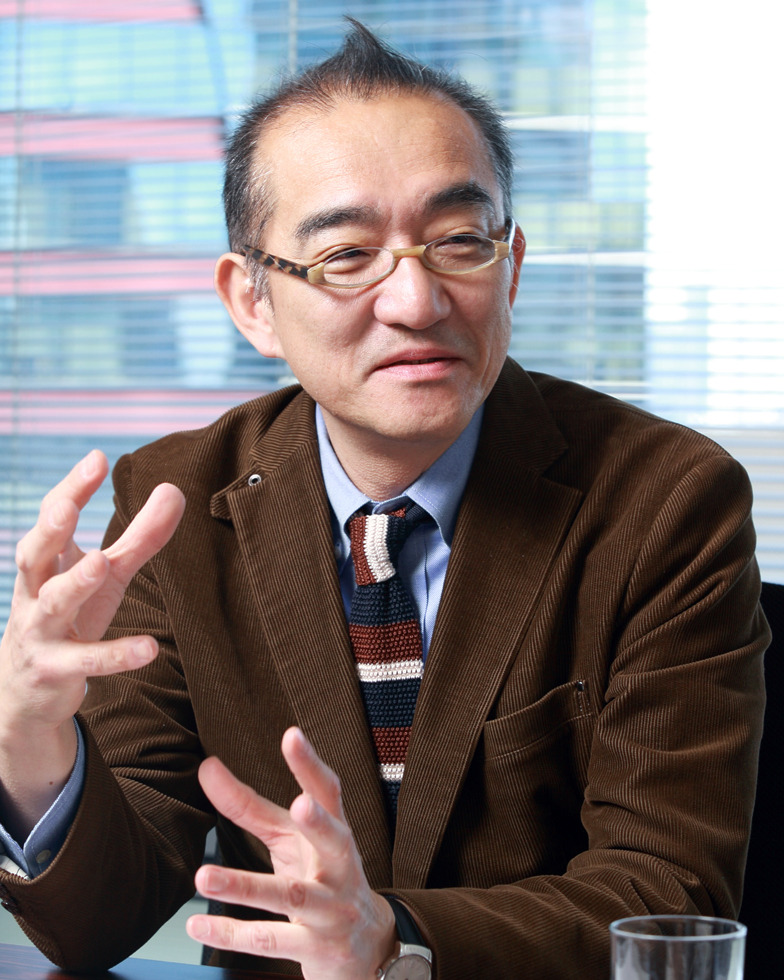Note: This website was automatically translated, so some terms or nuances may not be completely accurate.
Business Opportunities Expanding with the Food Functional Claims System ③ ~Prospects and Challenges for the Functional Claims Food Market Under the New System~ Part 1

Kunihiro Nishizawa
Salta Press Co., Ltd.

Takizawa Naho
Dentsu Inc.
Was this article helpful?
Newsletter registration is here
We select and publish important news every day
For inquiries about this article
Author

Kunihiro Nishizawa
Salta Press Co., Ltd.
President and CEO
Healthcare Journalist (Member of the Diet Journalists Association) / Editor. After working at Shogakukan, joined Nikkei BP in 1991. Appointed Deputy Editor-in-Chief upon the launch of Nikkei Health in 1998. Served as Editor-in-Chief of the magazine from 2005. Launched Premier Nikkei Health in 2008 and served as its Editor-in-Chief until 2010. From 2010 to 2014, concurrently served as producer for magazines including Nikkei Health and as Vice President of Techno Associates, a consulting firm jointly established by Nikkei BP and Mitsubishi Corporation. From March 2016, served as Senior Researcher at Nikkei BP Hit Research Institute. Left the company in March 2018 and became a Visiting Researcher at Nikkei BP Research Institute.

Takizawa Naho
Dentsu Inc.
6th Marketing Bureau, CX Consulting Division 1
Planner/Consultant
Specialized Planner in Medical and Healthcare. Responsible for business/marketing strategy and planning/consulting for new business development related to food, pharmaceuticals, cosmetics, and health tech services.




